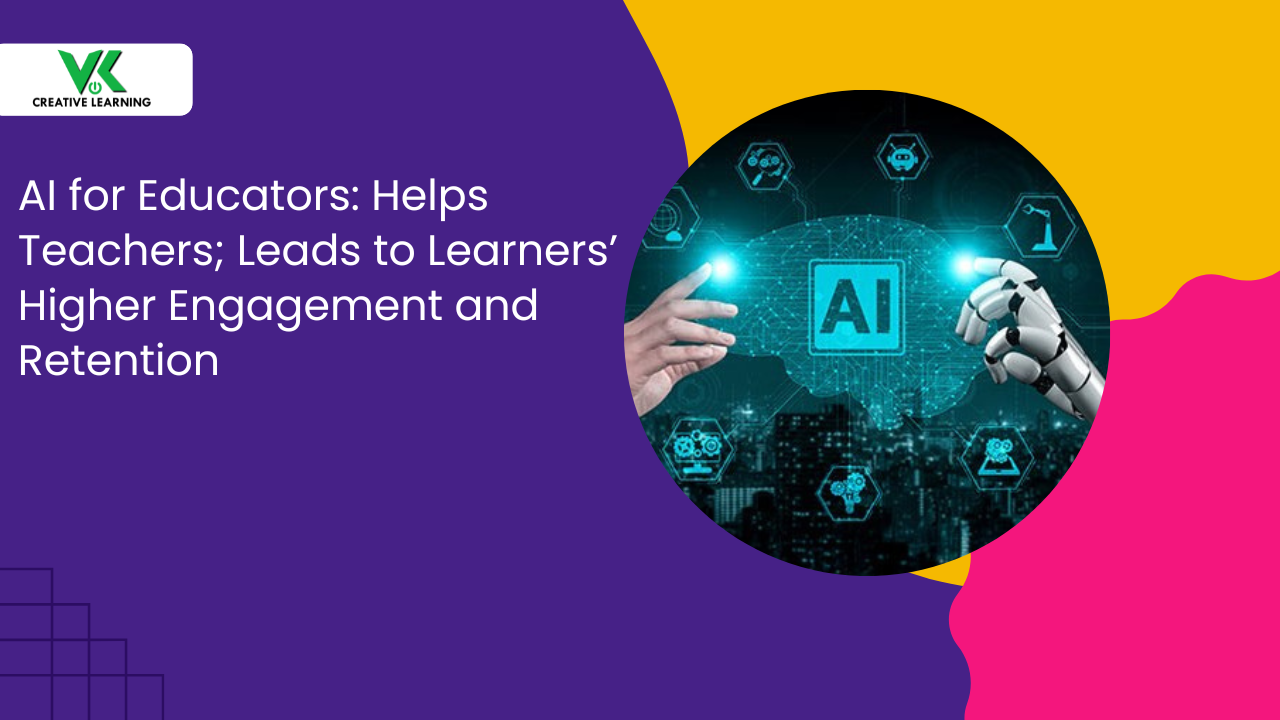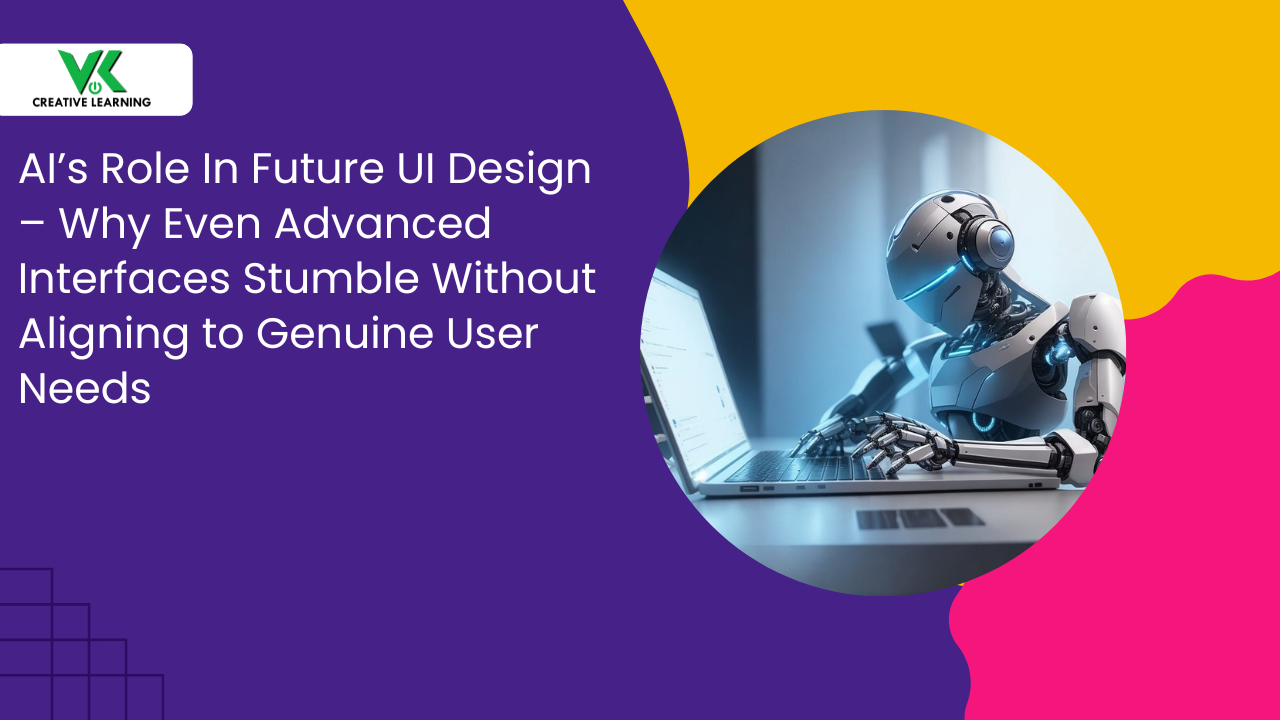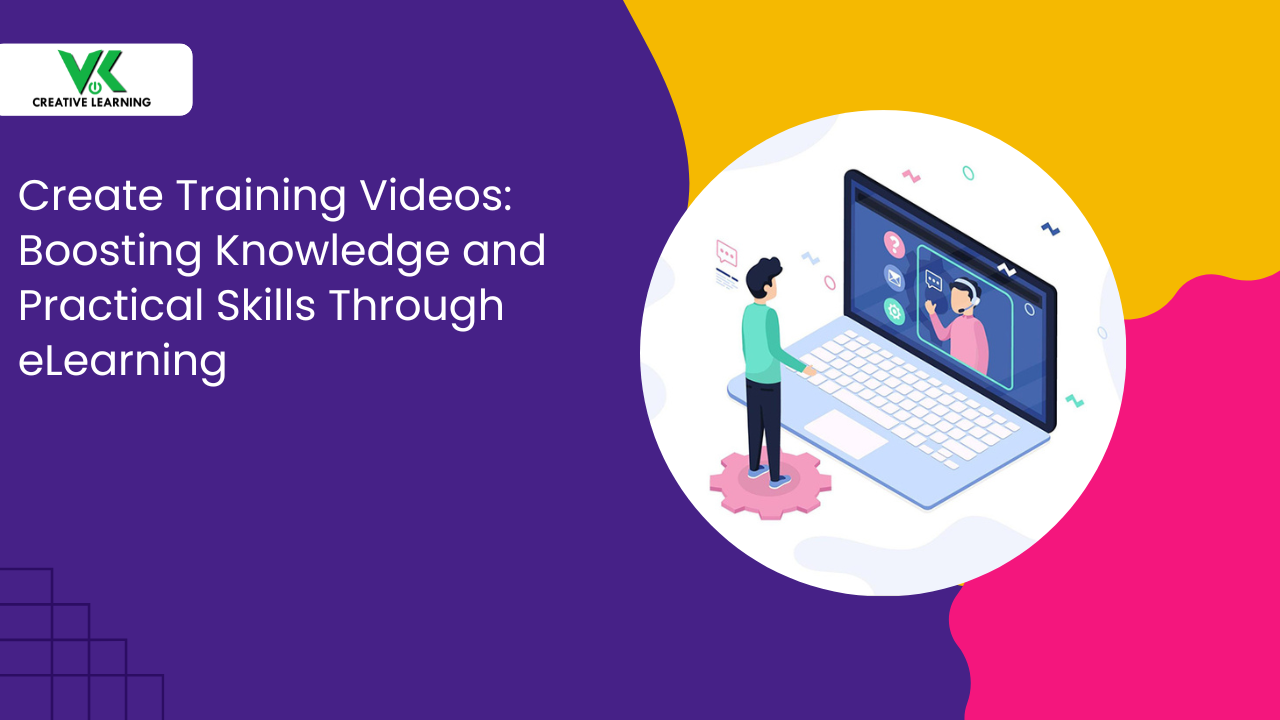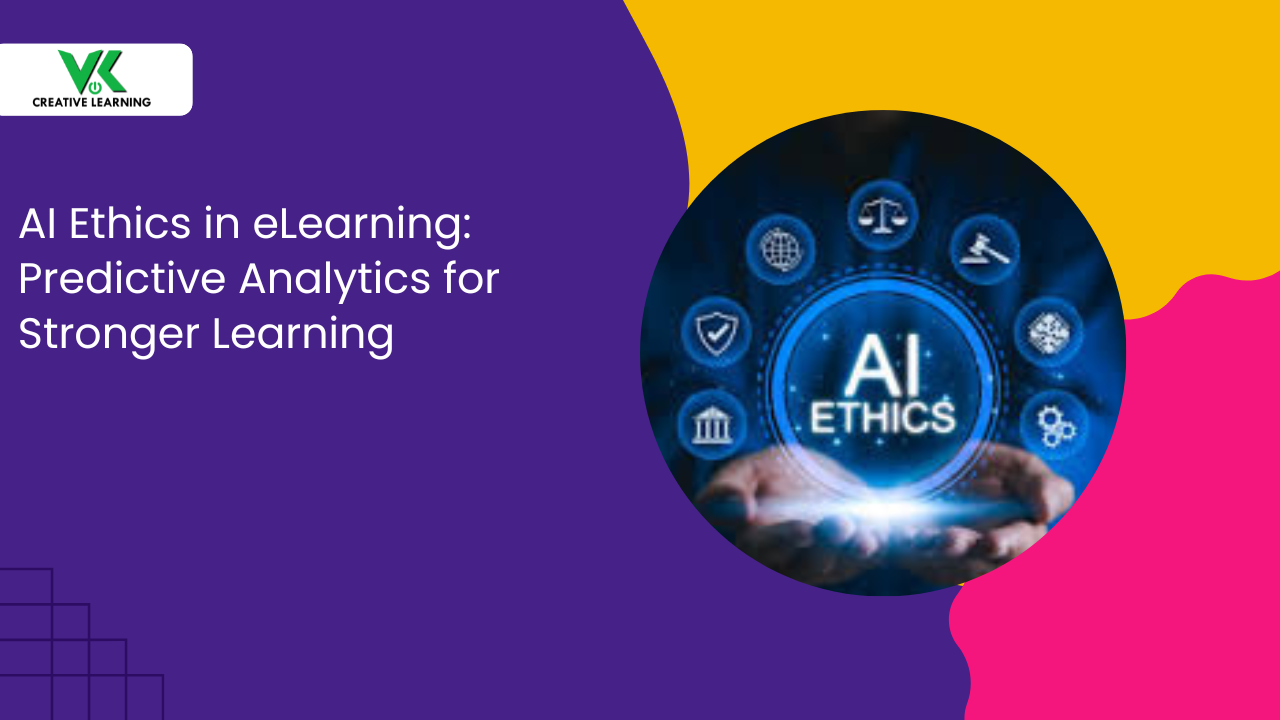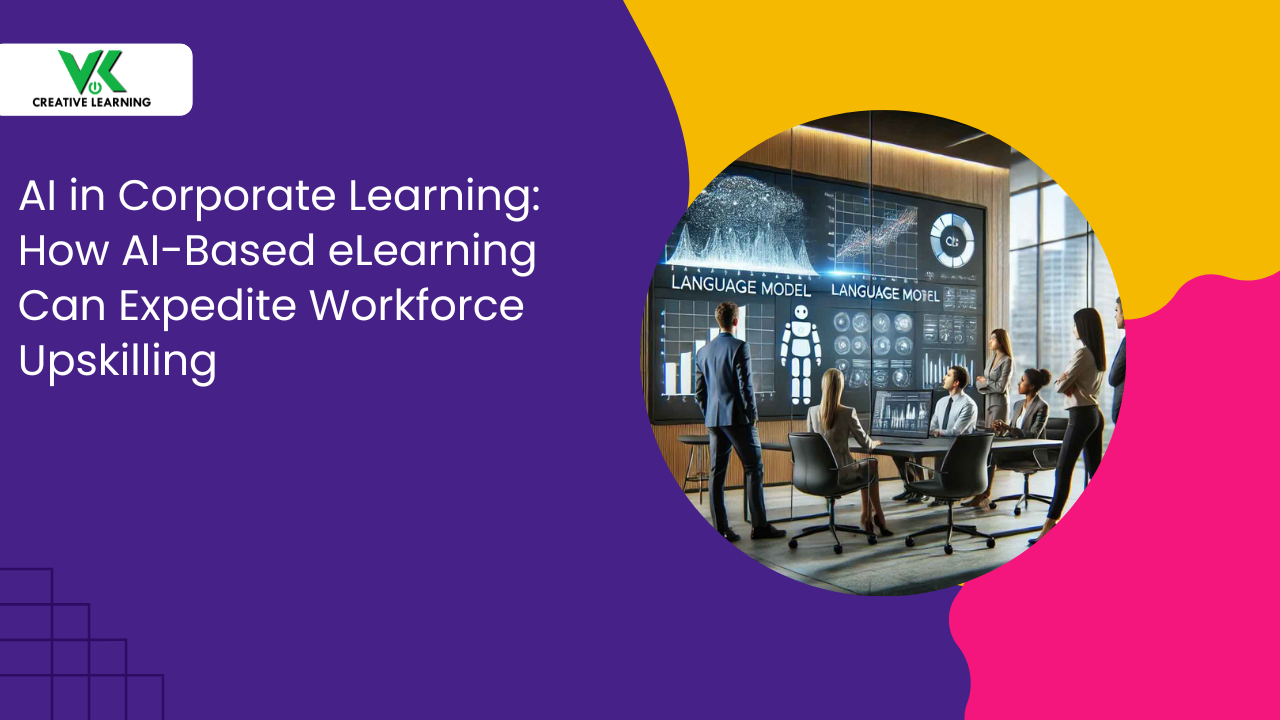AI Employee Onboarding That Actually Works: Say Goodbye to Paperwork and Conventional Overload
August 09, 2025
Conventional onboarding methods can involve more of thick paper files (paper-heavy welcome kits). It can also involve multiple complex steps (process-confusing-handouts), and time-consuming tasks (such as manual-form-filling).
Such lengthy approaches can confuse new joiners, push back productivity, and frustrate HR teams.
Also, this type of old-school onboarding style comes wrapped in paper-heavy welcome kits. Thus, a new joiner will be handed over a stack of dusty files.
With this, they may often have no clue where to begin. Importantly, there is a possibility that a confident worker may feel lost and unimportant.
Add to this situation. process-confusing-handouts--that is, flowcharts, policies, and vague checklists. With all these, there is a high chance that even the most well-prepared hired professionals feel lost in the fog.
Importantly, by the time the new joiners learn to handle manual form-filling, it will consume a lot of time. That is, they will have to perform the tasks of entering rows of the same name fields and date boxes. In short words, they start to feel like they are part of a game nobody explained.
The HR team also has to manage a desk-piled daylong process that involves copying, checking, and filing.
Thus, instead of having confident, role-ready employees, the firms end up having confused joiners.
This is where the inclusion of e-learning with features of AI employee onboarding can be useful. The intelligent virtual platform serves to cater automated onboarding process. Hence, onboarding exercises become easy for new employees. Importantly, new joiners are provided with the kind of training they understand.
Table of Contents:
- What is AI Employee Onboarding and Why It Works
- How AI Makes the First Day Feel Welcoming
- Benefits of an Automated Onboarding Process
- Role of AI Training Modules in Onboarding
- Making Onboarding Personal and Role-Specific
- Reducing HR Workload and Increasing Efficiency
- Increasing New Hire Confidence and Job Readiness
- Tracking Progress With Friendly Feedback
- Examples From Real-Life Scenarios
- Supporting Remote and Hybrid Work Onboarding
- AI Onboarding Trends in 2025 and Beyond
- Aligning Onboarding With Long-Term Company Goals
- Why Paperwork Is No Longer the Starting Point
- Reducing Anxiety During the First Week
What is AI Employee Onboarding and Why It Works
AI employee onboarding is basically task-aware-personal training that helps to provide role-based skill paths. E-learning AI training modules offer immediate help and serve as a day-one job guide. Thus, with this automated onboarding process based on role-based training, any kind of long delays or confusion can be avoided.
For example, a junior analyst can be shown small, animated clips (bite-sized video training).
Suppose a sales intern requires quick help during an upskilling session. Then, the AI-based bot can provide the necessary immediate help.
Just to ensure that new joiners don't forget about the training, a chat-message-based reminder turns useful. This way, AI training modules work like a helper-guidebook (real-time-talking-coach) as when needed.
How AI Makes the First Day Feel Welcoming
AI employee onboarding training programs are designed in such a way that they offer kind, clear notes. One can consider them as a friendly onboarding message system. What distinguishes it is, it offers reminders, immediate help (bot), and serves as a first-day-task coach.
Thus, new hires don’t have confusion as they are explained about the process warmly and early. They are treated as people stepping into a happy, labelled room (clearly-defined-label-ready-space).
The training sessions based on AI onboarding trends help to build trainees' courage as smart and well-structured training holds a hand (first-day-fear-fighter).
Benefits of an Automated Onboarding Process
AI-based automated onboarding process in e-learning can be viewed as a step-by-step learning system. It majorly focuses on clearly defined fast starts so that new hires feel comfortable. It cuts down all kinds of time-wasting processes and gets the employees going from the first day.
Importantly, with such an onboarding process, forms get uploaded fast, and digital lessons open quickly. This is more like an auto-fill-training-launcher that takes care of most essential tasks, and thus, stress fades.
Owing to these smart implementations of AI in employee onboarding, HR teams end up saving many hours of manual tasks. This can be compared to getting quick keys, maps, and a snack on check-in (well-settled-hotel-welcome). This way, it becomes easier for corporate firms to set clear and precise training. Also, this serves as targeted training sessions for new joiners.
Role of AI Training Modules in Onboarding
AI training modules can serve as job-fit-skill-guided courses as they make use of short 3D animated or self-explanatory character animations (video-driven lesson plan).
Importantly, they don't rely on long books, which may consume a lot of time. That is, AI training modules work on manual-free, smart learning.
Example: A store helper joining a retail shop will get to see on customer-greeting demo. A packer sees safe box handling steps (easy-wrap-packing-guide). Every learner learns fast and light--no thick reading, no guessing.
Making Onboarding Personal and Role-Specific
AI-based learning has the capability to personalize learning as per learners' capacity and speed. Thus, be it corporate or industrial e-learning, it can be equivalent to role-matched training.
Example: At the initial stage, a graphic designer can be given further upskilling training on visual design software. Similarly, coders' knowledge can be enriched with a code-specific tool guide.
It can be likened to having a lunchbox packed with the person's name on it (flavor-rich, child-friendly pack). This way, each learner can enjoy every bit of new knowledge--no waste of time.
This form of smart approach makes training useful (goal-driven plus time-saving process). Thus, think of a puzzle piece specially made for learners' style of soaking in information.
Thus, e-learning with having AI employee onboarding design can be analogous to a custom-fit problem-solving tool--zero confusion, only progress.
Reducing HR Workload and Increasing Efficiency
AI automated onboarding processes are designed to handle multiple repetitive tasks with ease. Thus, it can be regarded as an error-free, timeline-controlled process platform.
Precisely, it combs through each document (auto-updated record checklist) and then sends reminders. Thus, in a way, it acts as a time-bound alert generator and tracks progress (more of a real-time-goal-monitoring system).
This allows HR professionals to focus on essential tasks and new joiners' training processes. Thus, no paperwork is required--a no-hassle smart solution. Like a dishwasher, AI quietly gets rid of the unnecessary extra work.
Besides, there are no same type of questions (answer-once-multiple-solution). Additionally, there are regular follow-ups (reminder-rich-time-saving-feature).
Increasing New Hire Confidence and Job Readiness
With AI employee onboarding, new hires are ready to take on the work. Thus, new employees can start to feel relaxed and calm from day one. This measure, based on AI onboarding trends, also works like a self-paced confidence booster.
In addition, AI bots are designed to provide quick answers (instant-help-question-handler). These tips serve as well-timed, useful guidance for the new workforce.
The custom e-learning platform also allows new employees to share resources (need-based-content-provider). Thus, even the shy one starts to engage freely with their peers (introvert-friendly-training design).
This eliminates the need for shy people to speak in front of a crowd--something they are uncomfortable with.
A finance intern, for instance, can explore through AI training modules based on money management. They contain all types of money basics (beginner-friendly financial steps).
Thus, they can be made acquainted with fundamental steps before they go on to learn complex concepts.
Similarly, a delivery driver can be made to watch several video guides (real-time task demonstrations) before taking the first ride.
Tracking Progress With Friendly Feedback
One of the best benefits of AI employee onboarding modules is that it teaches calmly but never scolds.
Elaborately put, it carefully observes the learning pattern of the knowledge seekers. Then accordingly, the AI adjusts its teaching speed.
Thus, the learners can learn slowly without being pressurized (user-specific-learning-speed) and respond kindly.
Therefore, for anyone who takes the time to understand, it serves as a struggle-sensitive-lesson-adapter. On the other hand, for people who can grasp concepts fast, it challenges them with complex problems (pace-based-skill-booster).
This way, there is no rush and pressure, just small nudges (gentle-growth-motivation-tap) to excel.
Examples From Real-Life Scenarios
Imagine that a busy bakery hires new assistants with less or no experience. With the use of AI onboarding modules, these new hires can check out various animated videos on hygiene-following practices.
Similarly, for people working in an industrial hazardous environment, AI training modules can be used to give them training on safety equipment-handling tasks. Also, the sales team can be trained with the knowledge of varied customer-handling-script-practices.
This would result in quicker learning for new employees and smoother process flow. Likewise, hospitals can make utilization of an AI employee onboarding platform to train nurses.
AI e-learning hospital modules will offer quick tours of the hospital and provide voice instructions on handling patients before the first shift begins.
This way, long meetings can be skipped, and confusion on the first day of training can be avoided. Think of this type of training for nurses through 2D/3D animation video instead of hours of talking marathons.
Supporting Remote and Hybrid Work Onboarding
The best aspect about AI onboarding is that it can be used from anywhere to learn. This means that the new employees can take a look at the first day tasks from the office or at home.
This is made possible through the implementation of the AI-based e-learning platform's flexibility. This is, in a way, a location-neutral content-delivery system that allows quick access to learning material.
Whether taking a sip of tea at the office canteen, at home, or even rushing to the field site, new hires access the training modules quickly.
So, some employees may watch app-based e-learning (on-the-move-guidance-snippets) while tea is made. Another set of new hires may join virtual walk-throughs in their casual outfits. It’s taking AI modules and bots in your backpack and learning from them anywhere.
AI Onboarding Trends in 2025 and Beyond
The current trends of training in 2025 and beyond are focused more on spotting emotions and training accordingly. Thus, there are bots with avatars that work as emotion-tracking-response-prompters or real-time-mentorship-buddies.
Also, included in the e-learning platform are game-based learning (challenge-driven-engagement-modules) for rendering a deeper understanding. This measure of using AI in training aids to create energetic teams; thereby, no yawns or eye-rolls.
This situation can be compared to math-loving kids who prefer game playing over chalkboard numbers. With visuals, infographics, and animations, new employees can be swiftly prepared to undertake the tasks. Importantly, AI training modules track learners' pace and accordingly adjust their lessons.
Also, they are tuned to deliver curiosity-kindling tasks (fun-wrapped-learning-journeys) before boredom surfaces in them.
Aligning Onboarding With Long-Term Company Goals
AI employee onboarding learning materials are closely linked to goals (that is, goal-aligned-performance-setup). This step helps new hires know what matters most to them. This helps the new employees to know why their role-based tasks matter.
Thus, with this approach, employees remain rooted to the needed tasks and don't rush--they know both 'how' and 'why.' This can be like learning a recipe, knowing the reason behind the use of each spice--not just mixing with eyes closed.
Why Paperwork Is No Longer the Starting Point
The incorporation of papers for training can turn out to be a painful task--slow and mistake-filled (slow-moving-error-prone-chains). However, with the inclusion of AI onboarding training, it all becomes auto-sorted and easy.
Thus, there is no more drama or tension of 'Where’s that form?' Also, with an automated onboarding process in place, clicking and learning replace digging. It is more like pressing a light switch that provides immediate illumination (instant-response-function-tool) instead of hunting for a candle in the darkness.
Reducing Anxiety During the First Week
Importantly, with AI training modules, starting work is no longer scary. This is because AI e-learning materials provide only essential and application-based guides (stress-reducing, assurance-filled starts).
Also, it is designed to offer video animations as nudges when learners struggle--2D or 3D self-explanatory animations.
Think of AI-incorporated learning units as helpful guides that are always there to help learners (find answers when needed).
Hence, the intelligent e-learning platforms provide the required confidence to the learners. Also, it does not feel angry and answers silly questions without judging.
Conclusion: VKCL for AI Onboarding Solutions
Corporate firms and industrial companies need e-learning development partners who understand employee learning needs. This is where VK Creative Learning (VKCL) can turn out to be a helpful e-learning platform creator.
Reason: it can create AI-based e-learning modules that feel personal, supportive, and joyful. Their AI employee onboarding modules are designed with a simple interface and real-life illustrations.
Thus, each of its modules makes new hires feel at home. With VKCL as an e-learning developer, companies can wave goodbye to training chaos and hello to comfort. Importantly, with VKCL, firms’ AI onboarding training platforms will be supreme in every aspect.
